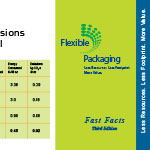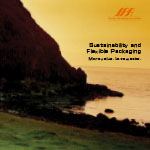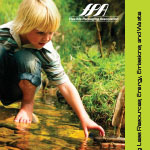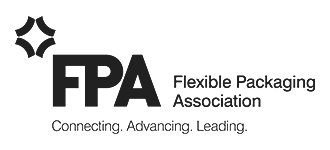PPC Reclosable Packaging is committed to trends in sustainable packaging. We consider the overall environmental impact of a package, beginning with material selection and package design, and continue through converting, filling, transportation, storage and eventual disposal.
Environmental Benefits of Flexible Packaging
The environmental benefits of flexible packaging are well understood and quantified, with new applications added to the database every month. Product-to-package ratios are routinely improved by 75%. Overall, less energy is consumed to convert and transport, including CO2 emission reductions of 50% to 90%.
In transportation and storage, because pouches are stored flat and films are lightweight, savings abound. Warehouse and truck space reductions of up to 90% are common. Weight reductions of over 90% (vs. glass), 75% (vs. rigid plastic) and 50% (vs. aluminum) are routine.
Less space, weight, and volume are also significant factors during collection and disposal at the end of product life. Landfill content is commonly reduced by up to 90%. As more post-consumer content recycled materials are developed and introduced, even more waste is diverted away from landfills.
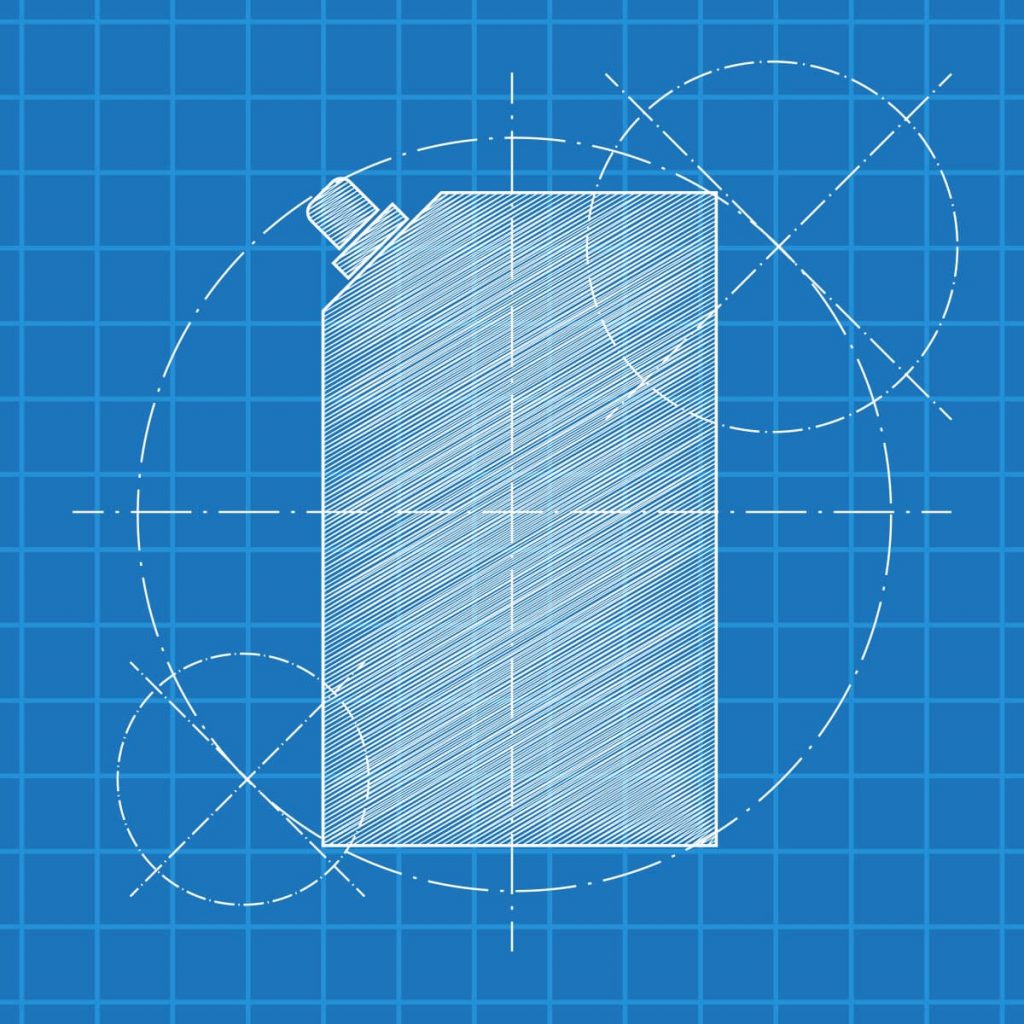
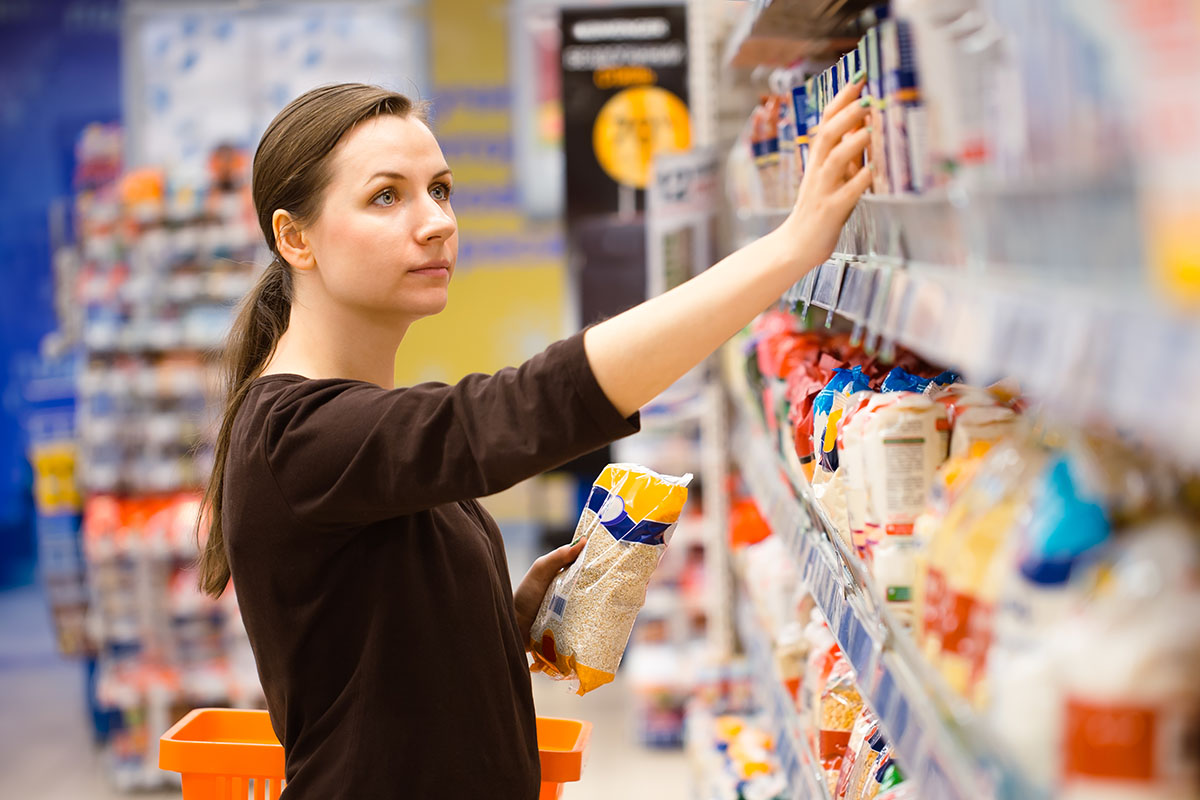
Consumer Preference and Branding
Recent surveys indicate that an increasing percentage of mainstream consumers are expecting product manufacturers to be more conscientious about the environment. Excessive product-to-package ratios are perceived negatively by a growing number of consumers.
Material selection and package design are an essential component in supporting brand strategy. Successful branding communicates innovation and environmental stewardship through packaging design.
Additional Resources
Want to Learn More About
Sustainable Packaging?
We will be happy to discuss our product offerings and your unique project needs in greater detail with you.

